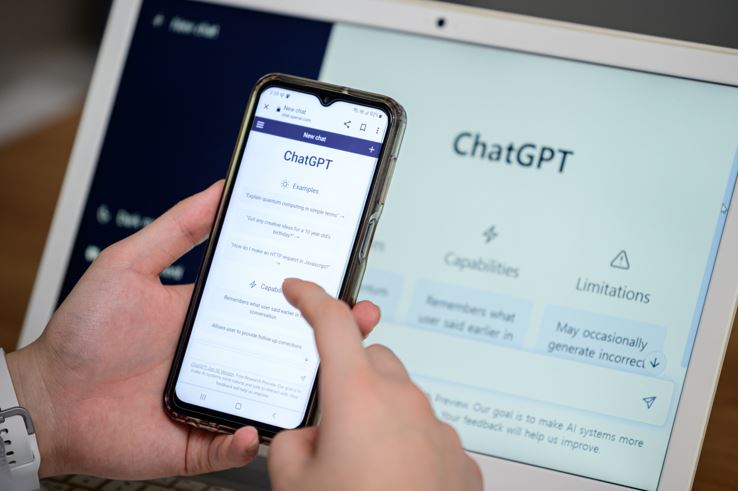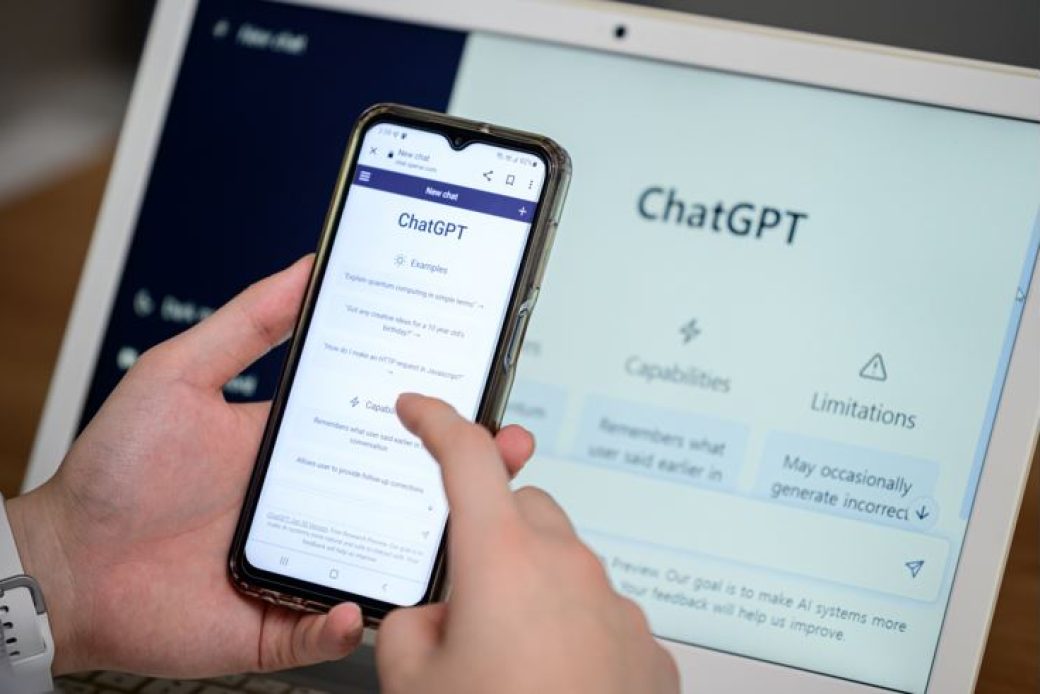If you’ve ever used a chatbot or virtual assistant, chances are you’ve interacted with a language model like ChatGPT. But what exactly is ChatGPT, and how does it work? In this article, we’ll dive into the fascinating world of language models and explore the impact ChatGPT is having on the tech industry and beyond.
What is ChatGPT?
ChatGPT is a large language model developed by OpenAI, a leading research organization in the field of artificial intelligence. It’s part of a family of models called GPT (short for " Generative Pre-trained Transformer") which are designed to generate human-like text based on the input they receive.
Unlike traditional chatbots or virtual assistants, which rely on pre-defined rules and responses, ChatGPT is able to generate natural language responses on the fly. This means it can understand and respond to a wide range of user inputs, from simple questions to more complex requests.
How does ChatGPT work?
At its core, ChatGPT is powered by a deep learning algorithm known as a transformer. This algorithm is able to process large amounts of text data and learn how to generate natural language responses based on that data.
To train the model, OpenAI used a massive dataset of text from the internet known as the Common Crawl. This dataset contains billions of web pages and represents a wide range of topics and writing styles.
During training, ChatGPT was exposed to this vast corpus of text and learned to identify patterns and relationships between words and phrases. This allows it to generate text that sounds natural and coherent, even when faced with novel inputs or complex queries.
What are the applications of ChatGPT?
As a language model, ChatGPT has a wide range of potential applications. One of the most obvious is in the field of virtual assistants and chatbots, which can provide more natural and engaging interactions
with users. But ChatGPT is also being used in a variety of other contexts, from language translation to content generation. For example, it could be used to automatically generate product descriptions or marketing
copy based on a set of keywords or attributes.
Another exciting application of ChatGPT is in the field of creative writing. Some writers are already using language models like GPT to generate story ideas or even entire novels. While the resulting text may not
be entirely original (since it’s based on existing text data), it can still serve as a valuable source of inspiration for writers.
What are the limitations of ChatGPT?
Despite its impressive capabilities, ChatGPT is not without its limitations. One of the biggest challenges is ensuring that the model doesn’t generate inappropriate or harmful content. Because it’s trained on a large corpus of unfiltered text from the internet, there’s always a risk that it could generate text that’s offensive, misleading, or even dangerous.
To mitigate this risk, OpenAI has implemented a number of safeguards, including human oversight and filtering of certain types of content. But as the model becomes more widely used, it will be important to continue monitoring and improving its capabilities to ensure it’s being used ethically and responsibly.
To sum up:
ChatGPT represents a major step forward in the field of natural language processing. Its ability to generate human-like text in real-time opens up a world of new possibilities for virtual assistants, chatbots, and other applications. But as with any technology, it’s important to approach ChatGPT with a critical eye and ensure that it’s being used in a way that benefits society as a whole. As we continue to explore the potential of language models like ChatGPT, we’ll undoubtedly see new and exciting applications emerge in the years to come.

CONTACT US TODAY to learn more about how our weekly digital marketing newsletter can help your business succeed.
You Can Also Get To Us Through Our Email Address
Follow us on our social media platforms:






